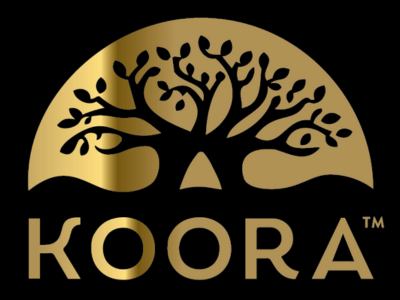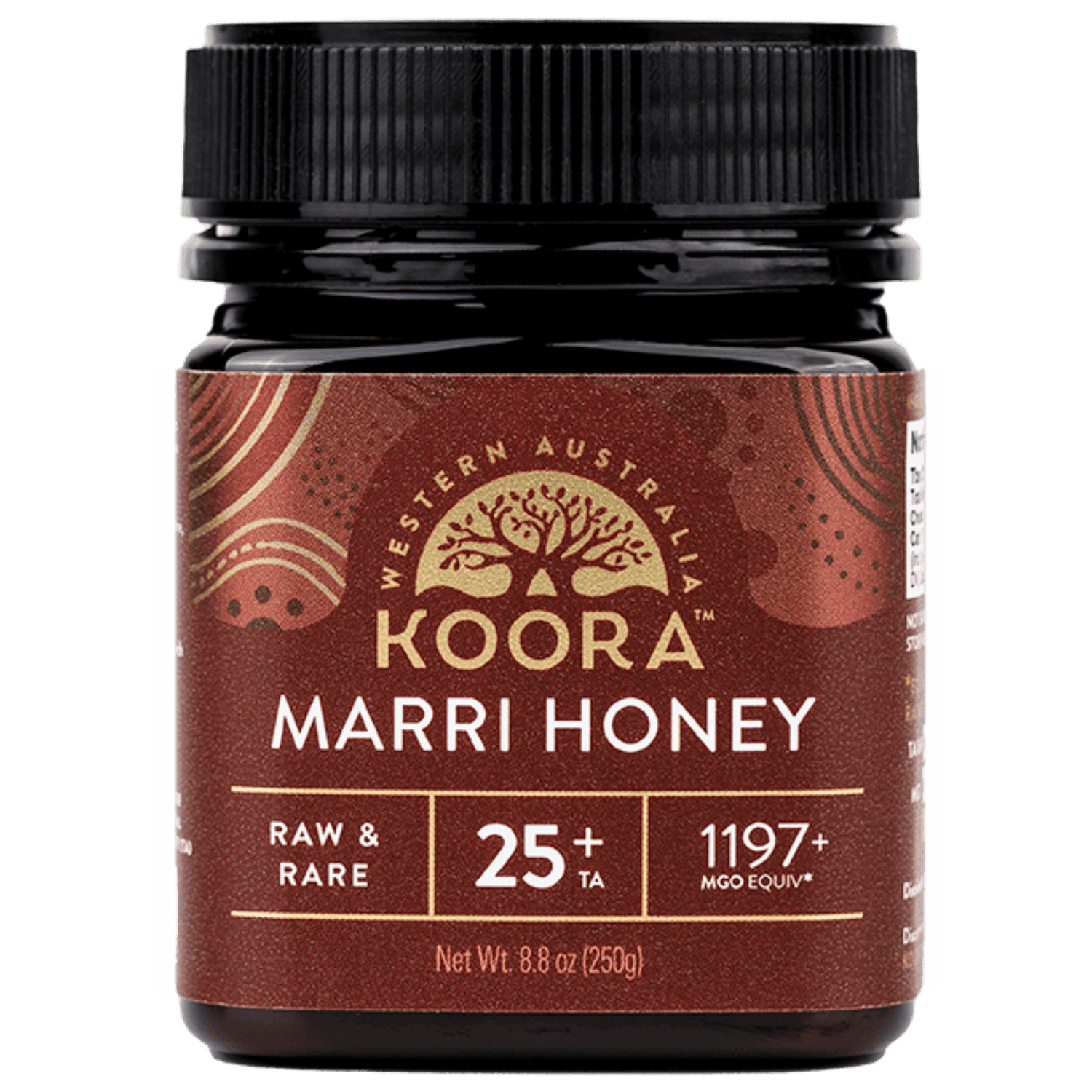
Dangers of Methylglyoxal (MGO) - The Hero Ingredient in Manuka Honey
Manuka honey, renowned for its unique antibacterial properties, owes much of its potency to a compound called methylglyoxal (MGO). While MGO is celebrated for its health benefits, it’s essential to understand the potential dangers associated with its consumption and use. This article aims to educate consumers about these risks, based on research papers and studies.
What is Methylglyoxal (MGO)?
MGO is short for Methylglyoxal, the active ingredient primarily responsible for Manuka honey antibacterial activity. Therefore, the MGO level is often displayed prominently on Manuka Honey labeling to rate the strength of its antibacterial activity.
Methylglyoxal forms during the honey’s maturation process when dihydroxyacetone (DHA) in the nectar of the Manuka bush is converted into Methylglyoxal. MGO is responsible for Manuka honey’s strong antibacterial activity, which is what has made Manuka honey a popular choice for therapeutic use.
Health Risks of MGO
Although MGO has antibacterial effects, it also comes with numerous health risks that have been identified in many studies.
For example, a 2017 study concluded that: “It is undeniable that MGO accumulation has harmful effects on vascular function, by inducing insulin-resistance, hypertension, atherosclerosis, neurodegenerative disease and diabetic microvascular complications.”
Some of the dangers of MGO include:
- Cell Apoptosis (Death), Oxidative Stress, Inflammation: There are several studies on Methylglyoxal-induced endothelial dysfunction (1a, 1b, 1c, 1d). Endothelial cells are the single layer of cells that line our blood and lymph vessels to maintain their structure and function. MGO can penetrate these cells, reacting with amino acids in proteins to form Advanced Glycation End Products (AGE), which lead to oxidative stress, inflammation, and cell death.
- Advanced Glycation End Products (AGEs): Methylglyoxal (MGO) is the main precursor of advanced glycation end products (AGEs) production. The accumulation of MGO and AGEs are strongly associated with the development of cancer, neurodegenerative disease, diabetes, vascular complications, and several age-related chronic inflammatory diseases such as cardiovascular disease, Parkinson’s diseases, and Alzheimer’s disease. (2a, 2b, 2c)
- Diabetic Complications: " The formation and accumulation of methylglyoxal (MGO), a highly reactive dicarbonyl compound, has been implicated in the pathogenesis of type 2 diabetes, vascular complications of diabetes, and several other age-related chronic inflammatory diseases such as cardiovascular disease, cancer, and disorders of the central nervous system." MGO is directly linked to insulin resistance through multiple causative effects and thus MGO is not only a reflection of flux of hyperglycemia but may itself induce insulin resistance and β-cell dysfunction, and thus predispose to type 2 diabetes. (3a, 3b)
- Cell and Genetic Toxicity: Research has shown that high concentrations of MGO can be cytotoxic (toxic to cells) and genotoxic (damaging to genetic material). Studies have indicated that MGO can induce oxidative stress, leading to cell damage and apoptosis (programmed cell death). This raises concerns about the long-term consumption of high-MGO Manuka honey. (4a)
- Induces Alzheimer’s Disease: A 2022 article published in the Journal of Agricultural and Food Chemistry stated that “Dietary Methylglyoxal Exposure Induces Alzheimer’s Disease”, concluding that “Overall, these findings imply that it is possible to exacerbate Alzheimer’s Disease pathogenesis by methylglyoxal exposure through the diet.” (5a)
- Atherosclerosis: Atherosclerosis is a chronic inflammatory disease of the arteries and is the underlying cause of about 50% of all deaths in westernized society (6a). It develops through plaque build up inside arteries, which is known to be caused by high cholesterol, high blood pressure, smoking, obesity, and consuming saturated fats. High MGO level is known to induce apoptosis (death) of vascular endothelial cells, which is implicated with progression of atherosclerosis and diabetic complications (6b). Thus MGO joins this list of factors contributing to atherosclerosis and diabetes - two of the most widespread deadly diseases.
- Multiple Other Health Problems: Results from both scientific experiments and clinical studies showed that MGO induces dysfunction in target tissues in diabetes, the kidneys, the eyes, and the nervous system. (7a)
While Manuka honey does have health benefits, it also comes with potentially huge trade offs. No one who is aware of MGO's risk to reward ratio would continue ingesting MGO if avoidable.
The good news is the benefits of Jarrah honey, Marri honey, and Yarri honey from Western Australia are not derived from MGO.
Recent studies have shown these honey varieties have 90% higher antimicrobial potency than most Manuka and 2 to 3 times higher antioxidant levels. Furthermore, these beneficial properties do not come with the risks of MGO as these honeys are not from the Manuka bush. Instead, their amazing antimicrobial, anti-inflammatory, antioxidant, and prebiotic powers are created by the unique interaction of honey bee enzymes with nectar from these rare, ancient trees, resulting in wonderful tasting honey with a broad range of superior benefits while being gentle on our system.
Share



